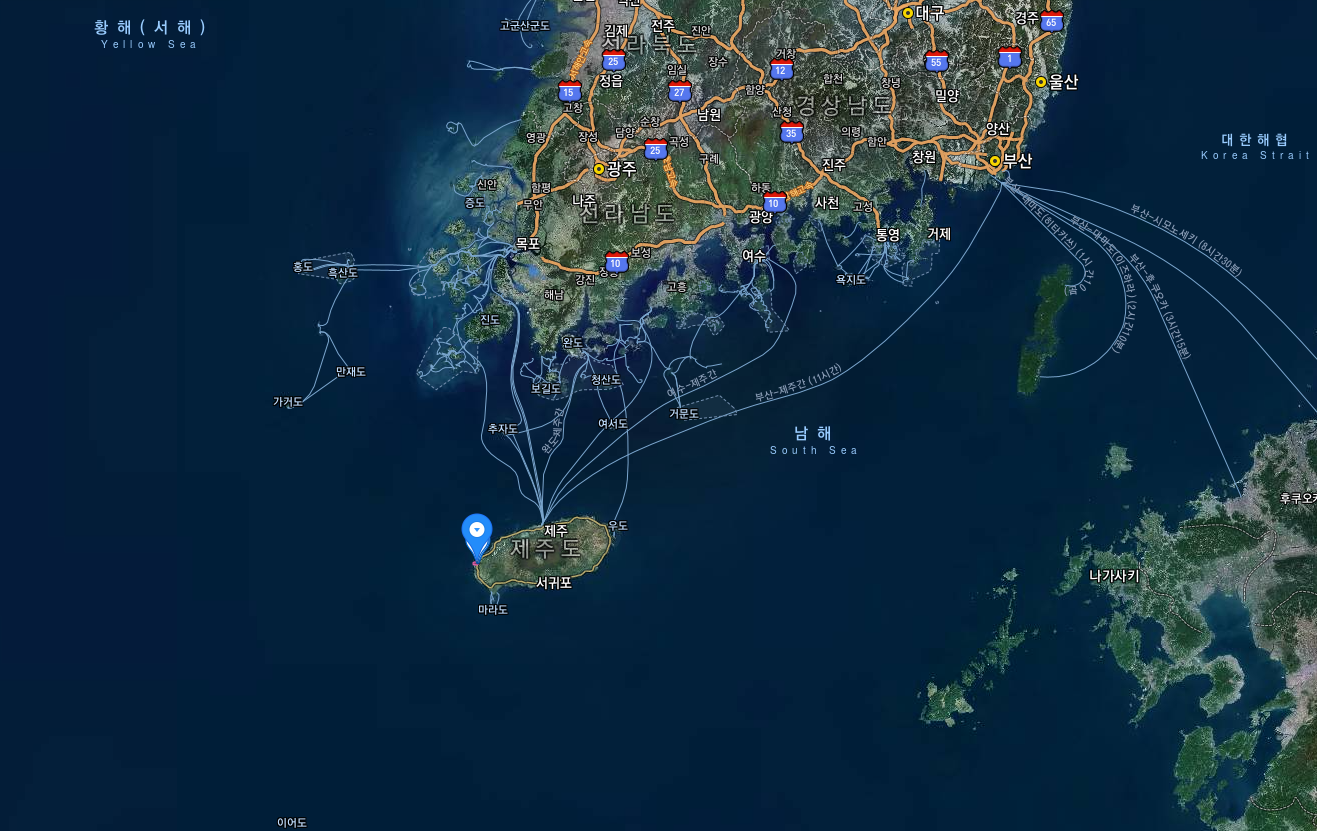
Traces of a Chinese wrecked trade ship in the Middle Ages were found in the waters near Jeju Island on the Korean Peninsula.
The National Research Institute of Maritime Cultural Heritage and the National Museum of Jeju announced on the 24th that they have discovered a 3.1m long anchor stone of an ancient Chinese ship, which is 3.1m long along with a large number of Chinese coins and ceramics from the North Song dynasty era in the sea area near Jeju Island.
Needless to say, this is evidence that a Chinese trading ship was wrecked in this area.
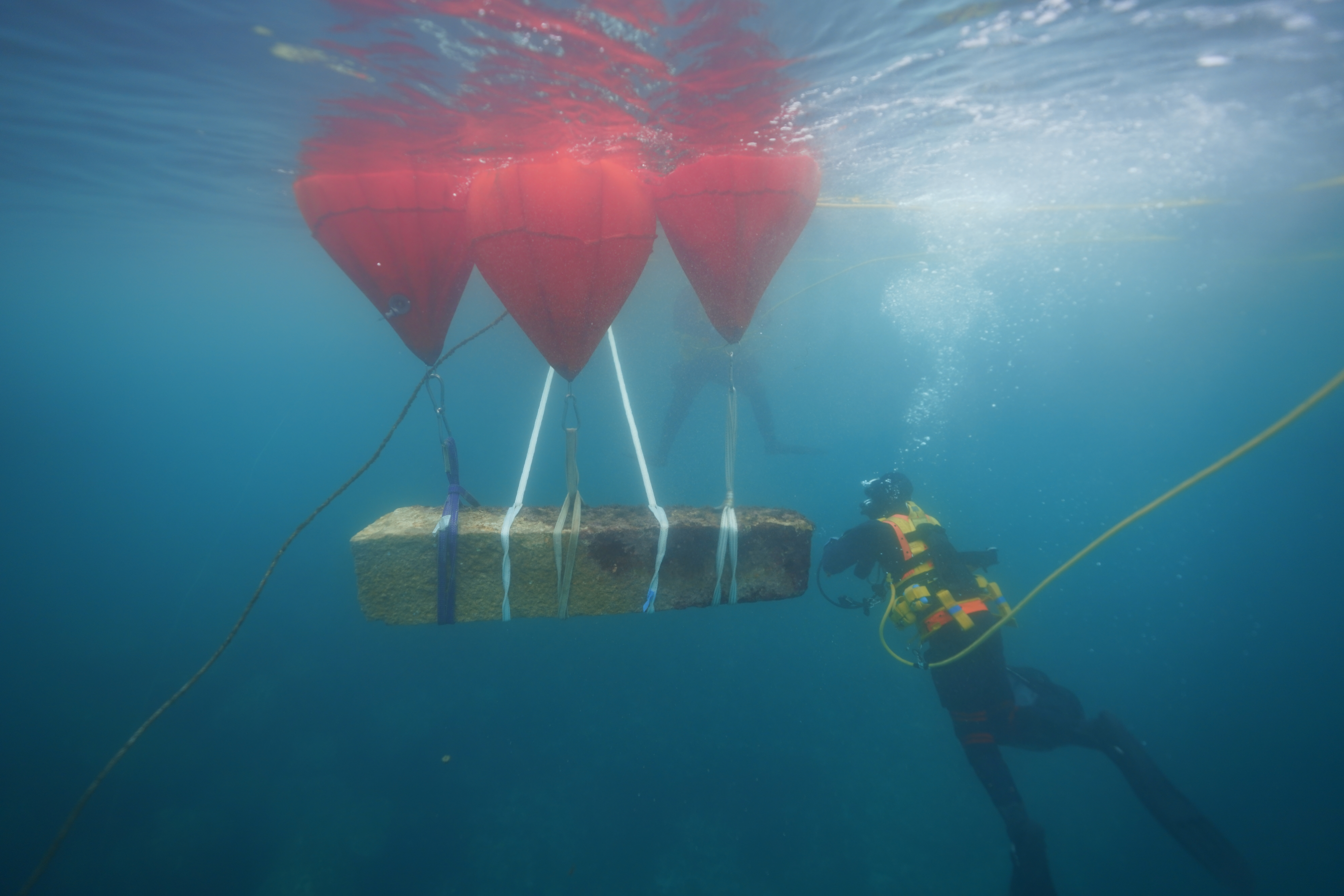
These underwater relics in Sinchang-ri, Jeju, are believed to have been formed by the wreck of a Chinese trading ship in the past, as a large number of ceramics from the South Song (1127~1279) period in China had been found.
This anchor stone, found split into two pieces, has a long rhombic shape as a whole, thick in the center and tapering toward both ends. This anchor stone has been smoothed on all sides, which differs from Korean anchor stones made using natural stones. This type of anchor stone was widely used in China during the Song and Yuan periods.
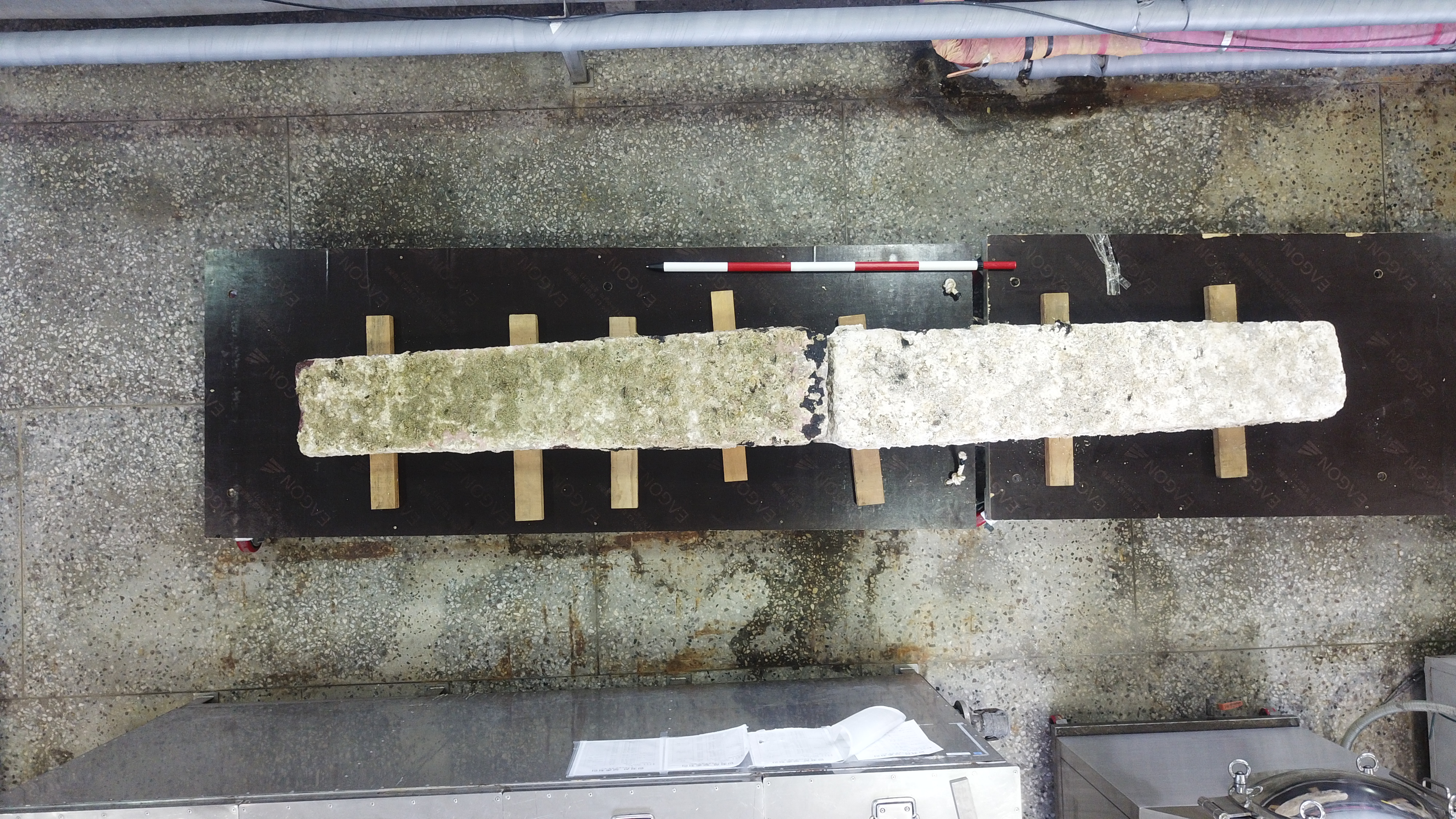
Two ancient Chinese anchor stones were found in the waters of Mado in Taean and one in the Myeongnyangdaecheop in Jindo. These anchor stones are about 175cm long, 11 to 13cm thick, and 100 to 130kg in weight, but the anchor stone found in the Shinchang-ri sea area is 310cm long, 36cm wide, 29cm thick, and 586kg in weight. So the Simchang-ri achor stone is much more larger and heavier.
Among the anchor stones from the Song Dynasty era found so far, the one from the Nanhai No. 1 shipwreck found off the coast of Yangjiang in Guangdong Province, China, is known to be the largest. This anchor stone is 310cm long and weighs 420kg. It is similar in length and shape to that found in Sinchang-ri, but the weight is about 1.4 times heavier in Sinchang-ri.
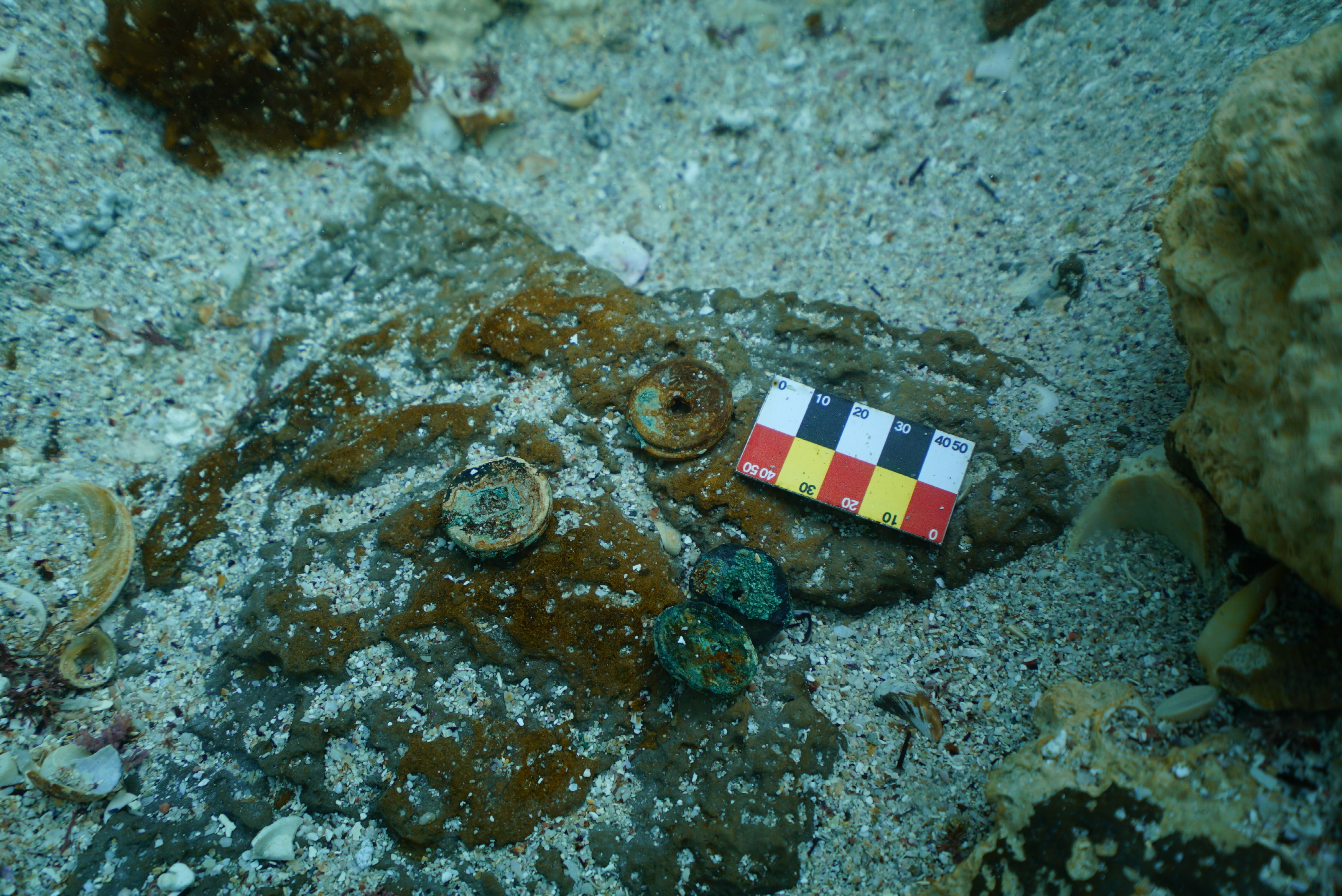
Six Chinese coins were also identified in this excavation. These coins are Jing De Yuan Bao (景德元寶, cast from 1004 to 1007), Xining yuanbao (cast from 1068 to 1077), and XuanHe TongBao (cast from 1119 to 1125), which were all made during the North Song era.
Among these coins, the Jing De Yuan Bao were discovered along with Chinese pottery at the site of Sujeongsa, a representative temple in Jeju Island during the Goryeo Dynasty, the Xining yuanbao were found at the ruins at Gonae-ri, Jeju.
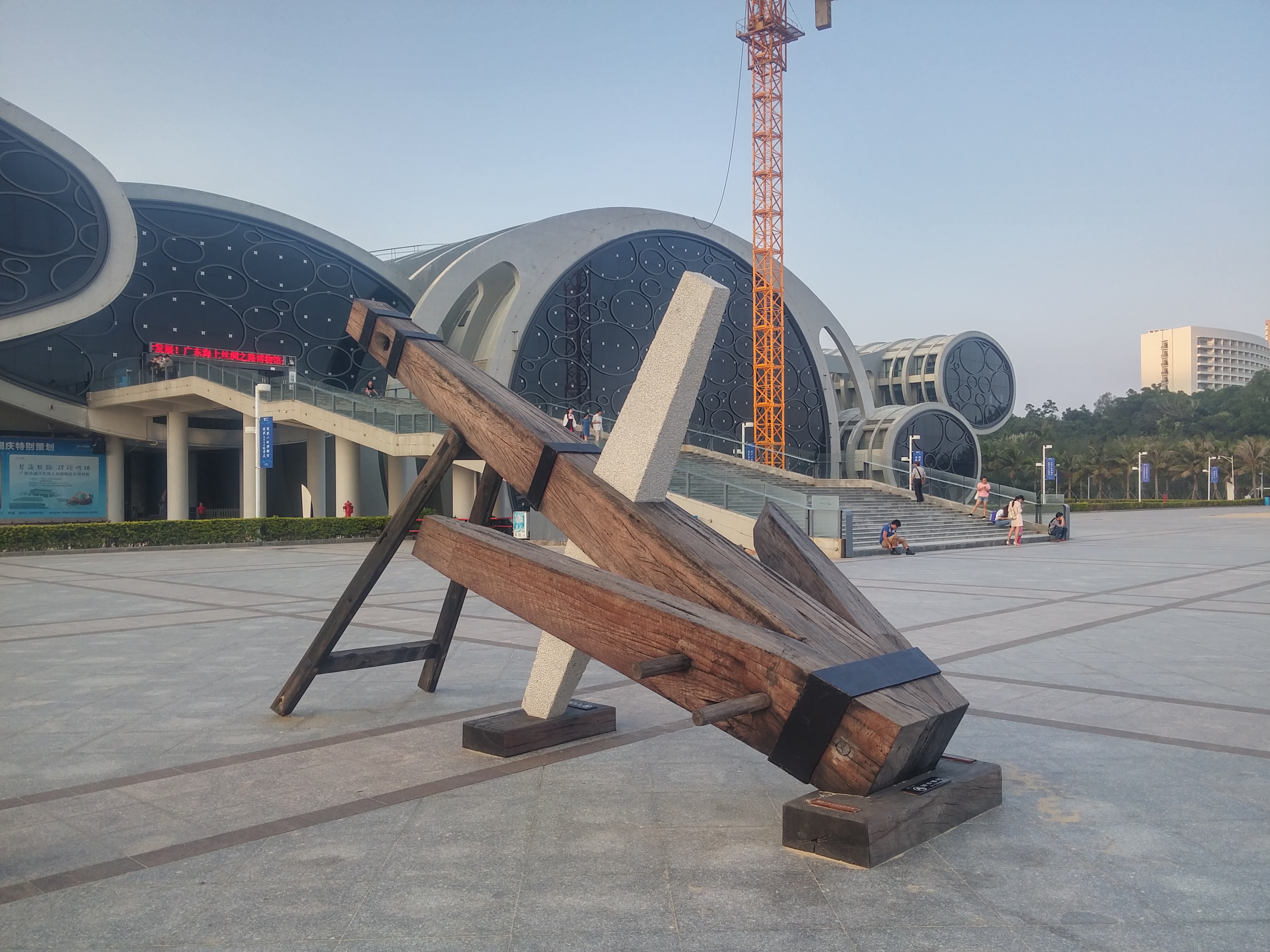
The fact that the same kind of coins can be found in the land and in the sea in Jeju Island can be used to estimate the position of Jeju Island in international exchanges in East Asia through sea roads in the past.
The underwater ruins in Sinchang-ri, Jeju, were first known in 1983 when several pieces of golden jewelry were discovered. In the first official excavation survey conducted last year, a large amount of ceramics produced in Rongquan, Zhejiang Province, China during the South Song Dynasty era, and two seals believed to have been used by merchants, were identified.
'NEWS & THESIS' 카테고리의 다른 글
| Silla-era Gilt-Bronze Phoenix Padlock at Hwangnyongsa Temple Site (0) | 2020.11.25 |
|---|---|
| 저 하늘 별도 따다가? 대구 구암동 신라무덤에 불가사리가 드글드글 (0) | 2020.11.25 |
| 濟州新昌里海域で中世の中国大碇石...第2の新安船? (0) | 2020.11.24 |
| 제주 신창리 해역 중국 무역선 발굴(동영상) (0) | 2020.11.24 |
| 제주 해역서 고대 중국 대형 닻돌..제2 신안선 나오나? (0) | 2020.11.24 |




댓글